12 Interesting Soil Facts For Kids (2024 Updated)
The biologically active, porous media grown in the top layer of the Earth’s crust is known as soil. As a source of water and nutrients, a filter for harmful wastes, a site for their breakdown, and a participant in the cycle of carbon and other elements through the planet’s ecosystem, the soil is one of the primary substrates of life on Earth. It has changed due to weathering processes influenced by geographical, geologic, biological, and climatic factors.
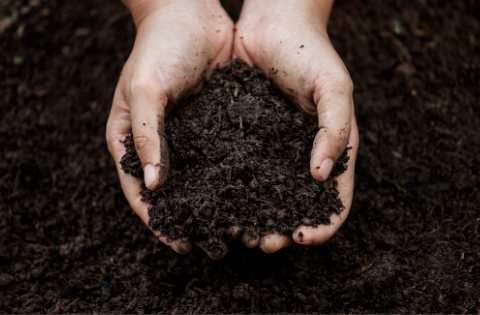
A practical understanding of soils and their management has developed since the development of agriculture and forestry in the eighth millennium BCE. The Industrial Revolution increased the strain on soil in the 18th and 19th centuries to supply the raw materials needed by trade. At the same time, the growth of quantitative science opened up new possibilities for better soil management. Around the same time, systematic studies of chemicals that promote plant development led to the emergence of soil science as a distinct scientific field. Knowledge of soils as intricate, dynamic, biogeochemical systems that are essential to the life cycles of terrestrial vegetation and soil-dwelling organisms—and, by extension, to the human species as well—has resulted from this first research.
Let’s look at some interesting facts about soil.
12 fun facts about soil
1. Soil is made up of 4 different components.
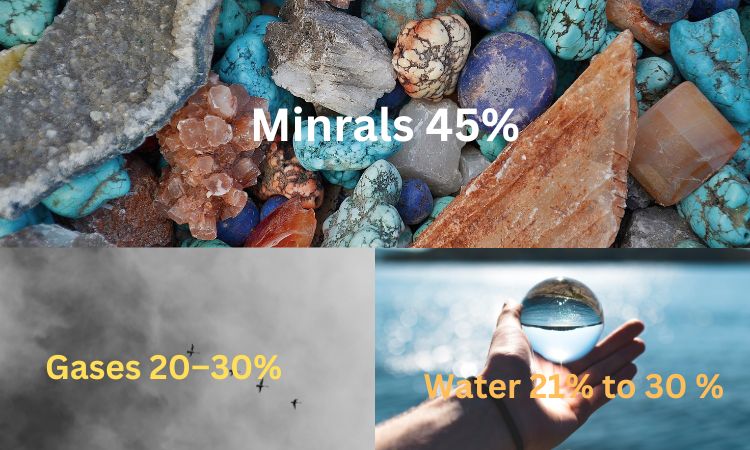
The soil comprises various elements include 45% minerals, 20–30% gases, and 21–30% water. Soil contains meager amounts of organic material. The organic matter might be fully, partly, or undecomposed, depending on the degree of decomposition. The two primary sources of organic matter are plants and animals. IT also contains two principal minerals; olivine and feldspar. These are atomically-based solid components. The oxygen and nitrogen present in the pores are typically atmospheric air that microbes have fixed. However, because of the gas created by soil-dwelling organisms, carbon dioxide has a greater composition.
2. Soil is essential to sustain life.
Soil is the foundation of all life, despite being at the absolute bottom of the food chain. Plants depend on soil to give them food, air, water, and a place for their roots to call “home” as they develop. Ultimately, humans’ and other creatures’ health and well-being depend on plants. The soil provides an array of essential services to humans and the environment. Our food comes from the soil, which cleans our water, keeps us safe from flooding, and fights drought. The enormous amounts of carbon it collects and stores are also essential to combating climate change. Without healthy soils, food security is impossible. Soils support 95% of all food production; agriculture is the only sector deemed “vital.”
3. Soil has five layers.
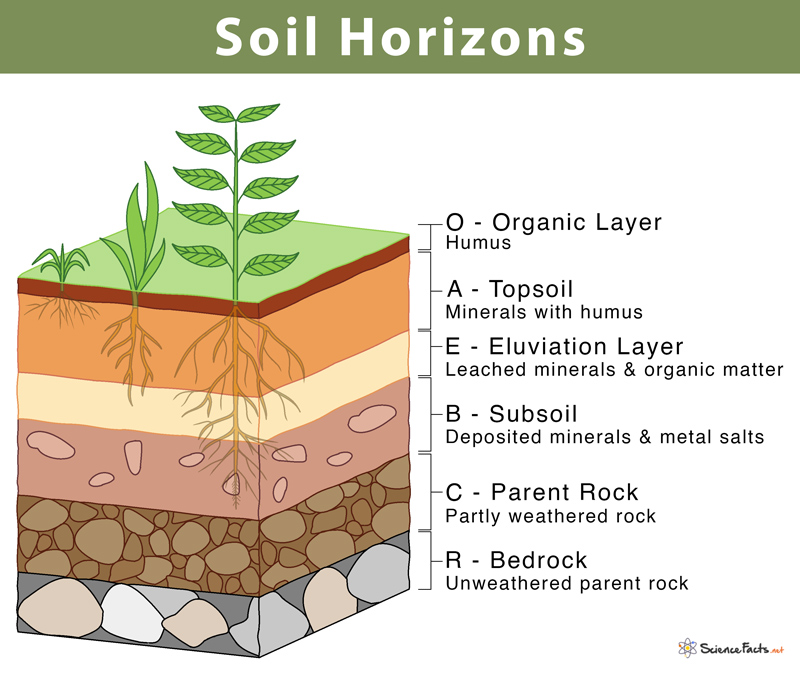
Image Source – https://www.sciencefacts.net/
An organic layer, topsoil, subsoil, parent material, and bedrock are the layers of the soil.
Organic material, such as decaying leaves, makes up a substantial portion of the organic layer. This layer may not even exist in some soils or be thin, thick, or existent. The action takes place in the topsoil. It is the layer of soil that is most important since it is where we grow our food and where worms and other animals eat organic stuff to make sustenance for plants. Minerals that have been dissolved or leached from the topsoil and eluviated soil layers are highly abundant in the subsoil. The next layer is the parent material, where there is little to no trace of weathering or other modifications. The last layer of soil, known as bedrock, is composed of many rocks like granite, basalt, quartzite, limestone, or sandstone.
4. It takes over 100 years to form soil.
Weathering is physical, chemical, or biological. Rocks deteriorate through weathering, resulting in soil’s slow formation. Soil development comes from material buildup caused by gravity, wind, and water. These processes can go on for tens of thousands of years.
Five significant interrelated facts affect soil formation: Parent material—the mineral components that serve as the foundation for soil; living organisms; climate; the rate of weathering and organic decomposition; topography—the grade of slope that affects drainage, erosion, and deposition; and time—which influences soil properties. On the earth’s surface, interactions between these components result in an infinite diversity of soils. Because of these factors, the soil is seen as a finite resource that can never be replenished.
5. Soil contains 8-15 tons of microorganisms.
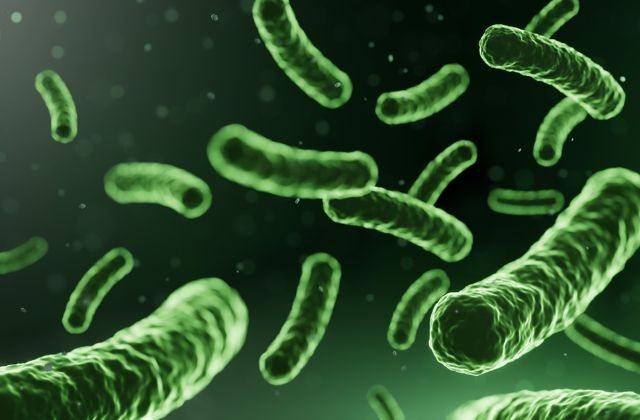
A teaspoon of soil contains more bacteria than people in the world. You can find 8 to 15 tonnes of bacteria, and other micro creatures in soil. As long as there is a carbon source for energy, soil microbes can be found in vast numbers in the soil. Although there are many bacteria in the soil, their biomass is minimal due to their small size. Actinomycetes have biomass similar to bacteria but are ten times less common and more significant in size. Even though the fungus population is less, it dominates the biomass when the soil is not disturbed.
6. There are three different types of soils.
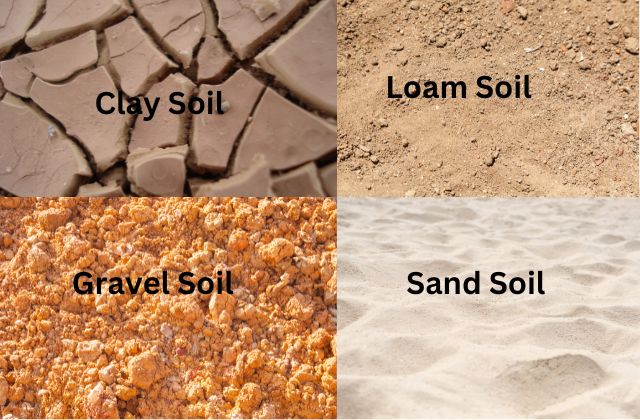
There are thousands of varieties of soil, each with unique qualities and traits. The three soil types listed below are the most typical ones. Sandy Soil: Sandy soil is known for being warm and dry. Additionally, this sand is frequently devoid of nutrients and highly acidic. Clay soil is a highly dense, nutrient-rich soil that makes up more than 25% of clay soils, with gaps between the various clay particles. It can hold so much water because of these gaps and tends to stay relatively cold and wet in the winter while drying out in the summer. Silt soil is incredibly light, fertile, and retains moisture well. Silt soil is made up of medium-sized particles and keeps water at a high rate.
7. Earthworms consume 15 tonnes of soil per acre each year.
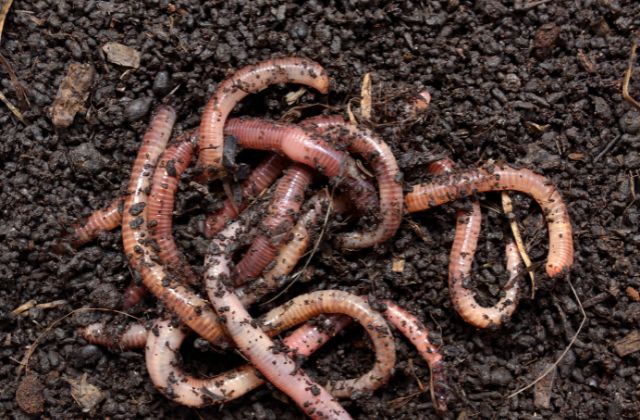
Earthworms consume organic matter in soil and other soil creatures, turning it into nutrients that plants require to develop. Additionally, they physically alter the soil by moving through it and breaking up clumps, which keeps the soil well-aerated and improves its capacity to absorb water. The benefits that earthworms provide through their activity in the soil include better drainage, more stable soil structure, and increased nutrient availability, all of which promote farm productivity.
8. Soil can decay.
Like any other biological system, living soils operate in a delicate balance and are susceptible to “death.” This equilibrium is upset by several traditional farming methods, including the excessive use of chemical fertilizers and pesticides, which results in unhealthy soil. Degraded soils are subject to erosion, removing the productive topsoil layer, being less effective, and necessitating more fertilizers.
Decades of subpar land management methods had killed the living networks that had kept the soil alive and productive. As a result, when severe droughts struck in the 1930s, strong winds carried away up to 75% of the topsoil, leaving nothing but parched earth behind.
9. Humans get clean drinking water because of soil.
The natural water filtration system of Earth is the soil. Surface water trickles down through the different soil layers, filtering out pollutants like chemicals, dust, and other impurities. In this manner, the water is clean as it enters underground aquifers and begins to gather there.
Economically speaking, the inherent water filtration capabilities of soil are fantastic. Building a water filtration facility would cost $6–8 billion and incur additional yearly operating and maintenance expenditures of $300 million; some companies use natural soil filtration processes and get the job done in $1-1.5 billion.
10. Soil stores 0.01% of the Earth’s total water.
Up to 9200 tonnes of water per acre can be stored in the soil. Flooding can be avoided or reduced by keeping water in the soil, which helps to control water flow during rain. This is primarily attributable to the organic matter in the soil. The Natural Resources Conservation Service (NRCS) of the United States Department of Agriculture discovered that just 1% of organic matter in the top 6 inches of soil might hold nearly 100,000 liters (27,000 gallons) of water per acre. The amount of water available to plants or how easily water drains from the soil is not quantified by total water holding capacity. The potential energy controls these activities.
11. At present, ⅓ of our soil is degraded.
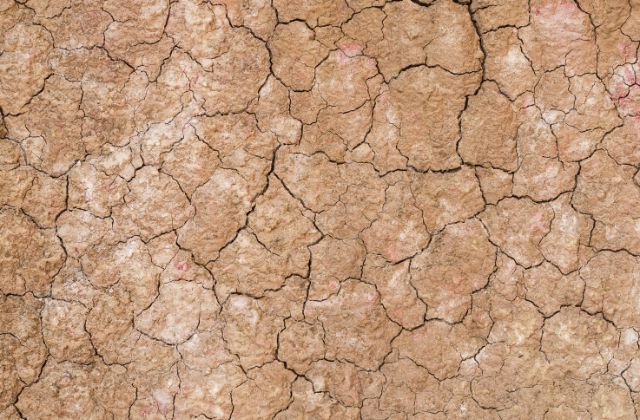
According to estimates from the UN’s Food and Agriculture Organization, one-third of all soils have moderate to severe degradation. This is a result of factors including chemical pollution and nutrient depletion, which destroy the soil ecology and cause salinization, acidity, erosion, and compaction, all of which lower the productivity of the soils. IDS estimates that soil is being washed away 10 to 40 times more quickly than it is being replaced. This warrants serious concern. Humanity’s primary priority must be finding solutions to these soil issues.
12. Soil can have different colors.
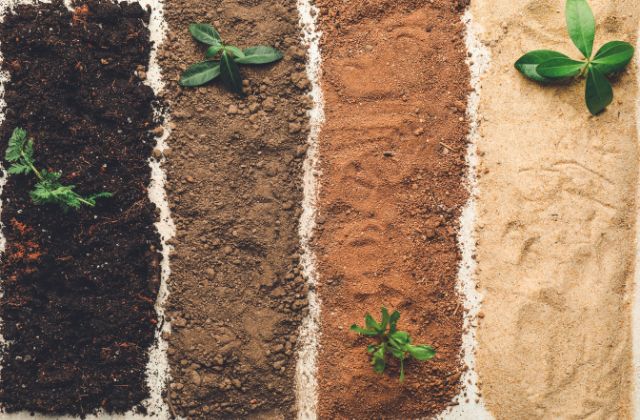
Grey, black, white, reds, browns, yellows, and greens are a few of the many colors that may be seen in the soil. The behavior and usage of soil are unaffected by its hue; nonetheless, it can reveal information about the soil’s composition and environmental circumstances. Redox processes are mainly responsible for the growth and dispersion of color in the soil through chemical and biological weathering. The elements combine to form new, vibrant compounds as the soil’s core minerals weather. While lowering environments disrupt the color flow and cause complications, mottled patterns, and places of color concentration, soil conditions result in homogeneous or gradual color changes. Soil that is yellow or red contains ferric iron oxides that have been oxidized. A dark brown or black tint in the soil suggests a significant level of organic materials.
Conclusion
We hope you enjoyed these facts about soil. The facts above barely scratch the surface of everything there is to know about soil and all the benefits it brings. If we gain so much from knowing so little, imagine what is in store if we learn more about soil.
